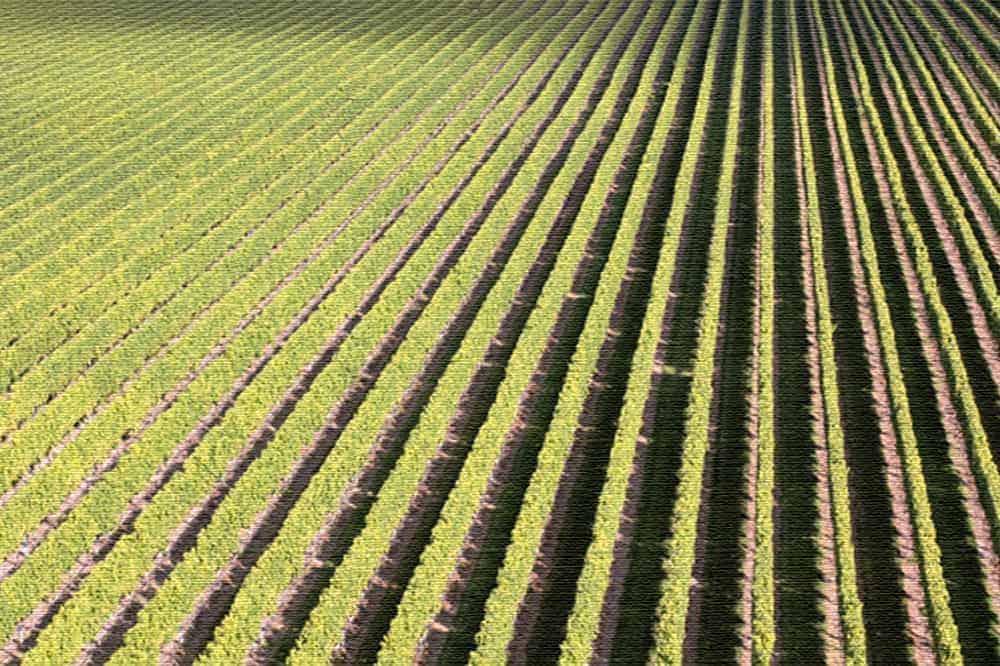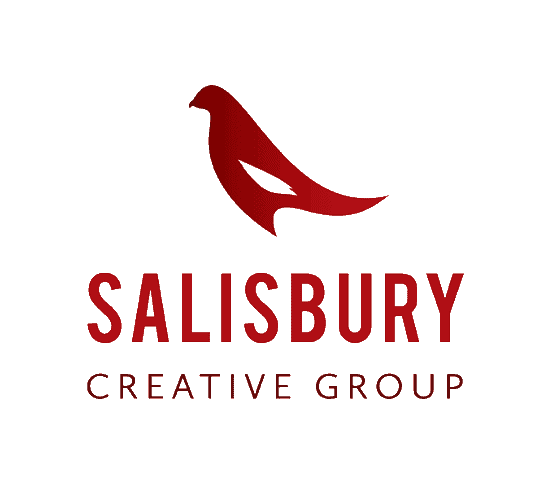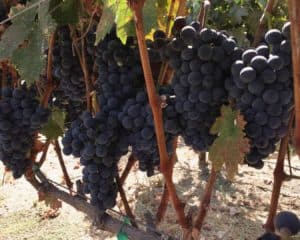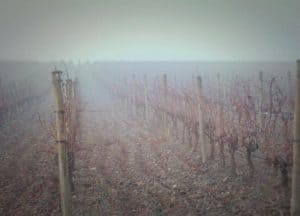
Our consulting firm analyzed five hundred winery websites (as well as their corresponding social pages) to better understand the current state of readiness for optimizing selling more wine online. The results were eye-opening and not just a little unsettling.
Given the competitive nature of the wine industry as well as the highest level of consumer interest in buying wine online in history, we expected a higher level of readiness to sell wine digitally.
In this report you will learn:
- The vast majority of winery websites are ill equipped to enroll new email subscribers via their websites.
- The correlation between links to social sites on winery websites and the number of social fans & followers is quite profound.
- Most wineries are still not adequately leveraging Facebook & Instagram advertising (beyond simply boosting posts).
- A disheartening lack of understanding across the industry of what it truly takes to be successful selling wine online.
Let’s dive right into our findings.
1) Email list growth enablement is seriously lacking amongst most winery’s websites
A strong argument can be made that there is a direct correlation between the size (and level of engagement) of a winery’s email list and their ability to sell wine online direct-to-consumer. This also applies, believe it or not, to the trade (3-tier sales).
And if that is true, then the importance of continually growing an email list of well-qualified consumers and trade buyers must take top priority in a winery’s sales & marketing efforts.
But it is quite shocking to learn that more than ninety percent of wineries surveyed have only ONE place on their website to sign up for the email list.
What is perhaps even more unsettling is that just less than a quarter of the five hundred wineries surveyed provided a compelling reason to join the email list. Given the extreme state of competitiveness in the wine industry, one would think anemic appeals such as, “Join our email list,” or “Subscribe” would be rare. But, alas, they are extremely prevalent.
Of the twenty-one percent of wineries that DO provide compelling reasons to join the email list, some of these top inducements can be found repeatedly:
- Access to special offers
- Access to limited releases
- Alerts to winery events
- Enjoy free shipping
- Overnight shipping
- ___% off your first order
- Access to VIP experiences
Some of the more creative and clever reasons included things like:
- Enjoy temperature-controlled shipping
- Wine cocktail recipes, food & wine pairings, etc.
- Wine education resources
- Corporate gift giving
- A written promise not to send too many emails
- Surprise discounts
- Exclusive email-only sales
It is easy to see which wine companies are serious about the importance of email marketing in selling more wine online. But, it is disturbing to see the majority of wineries treating the importance of email as trivial and inconsequential.
One way to separate the pros from the posers is the use of pop-ups to enroll email subscribers. While the majority of people agree pop-ups are annoying, the fact remains that they DO work in converting more website visitors to email subscribers. For inspiration, the image above shows three best-in-class examples of effective pop-ups.
2) Winery websites with working links to their Facebook page enjoy TWICE as many followers as those who do not. For Instagram, the difference is MUCH greater!
Adding links on your website to your social media pages is one of the easiest ways to increase your brand’s reach and awareness. So, easy in fact you would think ALL wineries would do it.
But, disturbingly, almost one quarter of them do not. This statistic does include wineries who have a link to their social pages on their website but the link does not work.
Our survey of five hundred winery websites and their corresponding Facebook page showed that wineries with a working link (78%) enjoyed TWICE as many Facebook followers as those with no working link! For Instagram the picture is a little more bleak. Only seventy four percent of wineries in the survey had a working link to their Instagram profile but those wineries with a working link to Instagram enjoy 3.5 times more followers!
The K-factor
In viral marketing, there is something called the “K-factor.” It uses a formula that looks like this (k=i*c) to indicate the virality of a website. In this formula, the “i” is the number of invites someone sends to their friends (to like a post or page) and “c” is the percent of conversion of each invite.
The K-factor is an index of how viral a website is when content is shared from the website to social media.
Again, it is inconceivable that given how much is at stake, there would be even one winery failing to set up these links.
In the current competitive environment, wineries should be doing everything they can to make sure wine drinkers can find them with ease. Connecting the website to the social media accounts is an easy, effective way, and FREE way to foster this behavior.
3) Most wineries are still not adequately leveraging Facebook and Instagram ads
Let’s just come right out and say it: “real” advertising with Facebook is HARD (as opposed to just boosting posts).
But, the complexity and maddening difficulty does not change the fact that Facebook is the most amazing marketing platform in the history of the world. And the good news is it is available to all businesses no matter how small – including mom & pop wineries. Check out our guide on optimizing wine ads on Facebook and Instagram.
Yes, Google ads are great too. But they do not work for everything (i.e. enrolling hundreds of new email subscribers) and they are extremely expensive if you do not know what you are doing.
For as little as five dollars per day, any winery can reach thousands of potential customers each month.
You cannot sell your wine to someone who doesn’t know you exist. And the odds of enrolling new email subscribers (see the importance of this in section 1 above) is extremely low if you are not using Facebook and Instagram ads to draw them into your marketing funnel.
In our research of five hundred winery websites, we leveraged two different tools available to anyone online: The Facebook Ad Library and the Google Chrome Extension called, “Facebook Pixel Helper.”
Our findings showed that thirty percent of wineries were not running any Facebook ads at the time of the survey and thirty-nine percent of the winery websites did NOT have at least one FB Pixel in place. This speaks volumes about the current state of readiness among wineries to sell wine online.
Where’s the Facebook Pixel?
The absence of a Pixel may be the most telling statistic here as it points to a clear lack of understanding in how to leverage the power of Facebook. Yes, it is true that the Facebook Pixel is going away in 2022, but that does not explain its lack of use in the meantime.
Also, there IS a solution called Conversion API, a Facebook tool that registers and shares events happening on a winery’s website. This will be similar to what is done by the Facebook Pixel on the Chrome browser but, instead, the data will be collected by a website’s server.
Our survey did have a few encouraging signs, however. Just over ninety-four percent of winery websites surveyed have a current working Facebook Business Page. Also, fully seventy-nine percent of winery websites have a privacy policy posted to their website which is absolutely essential for leveraging Facebook Lead Ads.
4) Other findings from the survey
While no hard data on SEO was collected while visiting five hundred winery websites, there are a few general observations to be made including:
- Pages slow to load
- Images
- Lack of quality content in blogs (blogs were either non-existent, too short, or lacked proper keyword research)
- Lack of alt text on images
- Lack of mobile-friendliness
SEO proficiency appears to be a potential competitive advantage for those wine companies willing to invest in the knowledge and then execute what they have learned. Here’s 5 simple winery SEO tips to improve your website rankings.
We also observed a distressing number of ugly, outdated, and just plain “old” websites. Some signs of a bad website we observed were:
- Way too much text
- No white space
- No clear user journey
- No calls to action
- No SSL certificate
The survey methodology
First we compiled a list of five hundred wine company websites intentionally providing a mix of tiny, small, medium, large and super-large wine companies.
Then we prepared a list of ten data points to collect for each of the winery websites:
- Do they have at least one FB Pixel on their website?
- Do they have more than one form/place to sign up for the email list?
- Do they provide reasons to sign up for the email list (beyond just “join now” or “subscribe?”
- Were they currently running “real” Facebook ads on the day of the survey?
- Did the website have a working link to their Facebook business page?
- Did the website have a working link to their Instagram page?
- How many Facebook fans do they have?
- How many Instagram followers do they have?
- Do they have a proper Facebook business page?
- Do they have a privacy policy on their website?
The survey took approximately fifty-five hours to complete.
Key Takeaways and Calls to Action
The overall results of this survey of five hundred winery websites show a disquieting lack of understanding of the importance of email marketing in selling wine online in today’s competitive market. A newsletter is no longer a winning strategy. And when you throw in what appears to be a luke-warm, limp-handed attempt to enroll new subscribers by most wineries, it becomes hard to imagine this level of mediocrity (and lack of understanding what works and what doesn’t) exists in today’s extremely competitive environment. Kudos to all the wineries who are doing it right!
The call to action is for wineries to not only seriously evaluate their email marketing strategy but to make it their highest priority and take their email game to new heights.
Making great wine is simply not enough. Selling wine online is serious business requiring a serious approach.



